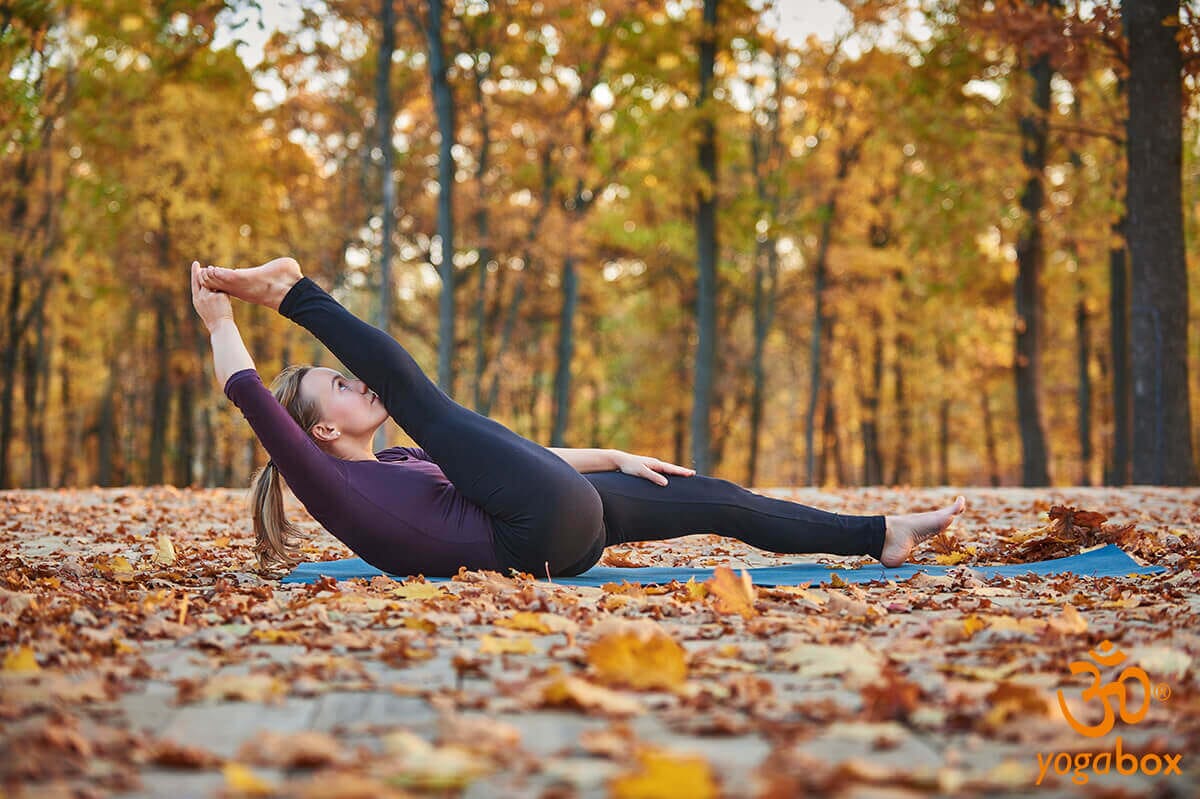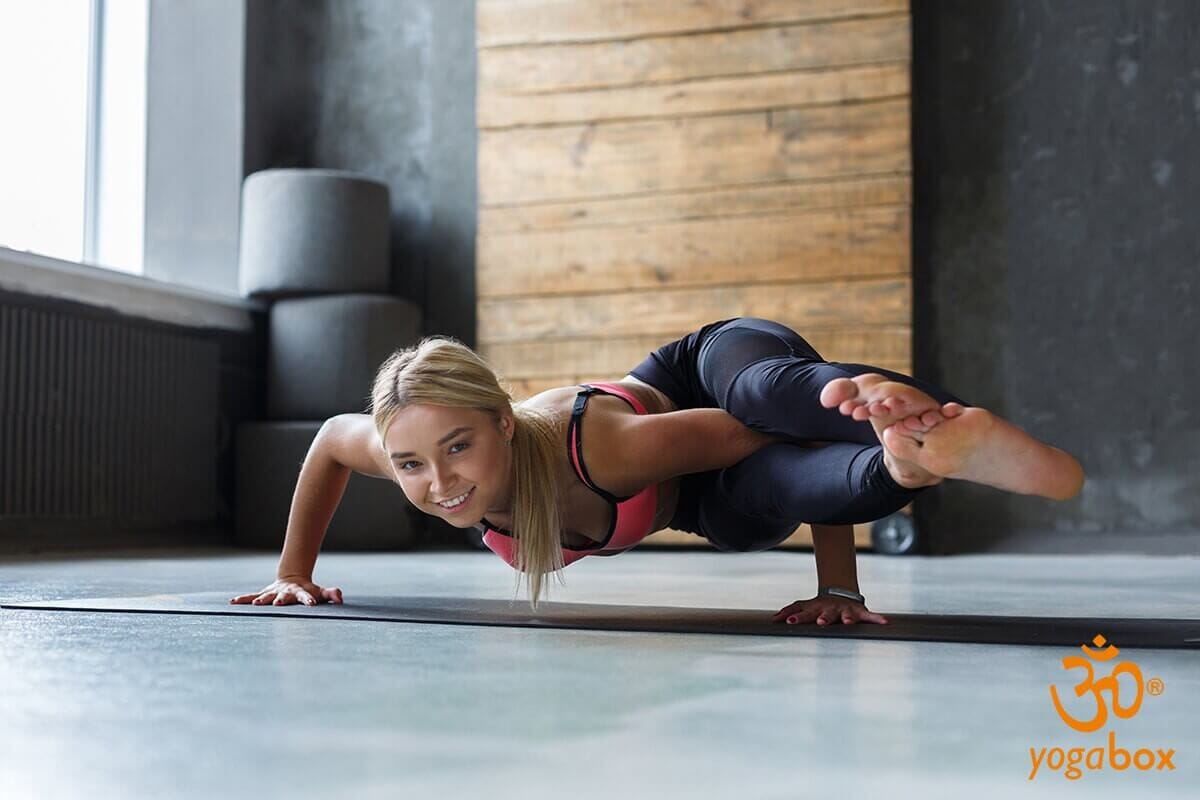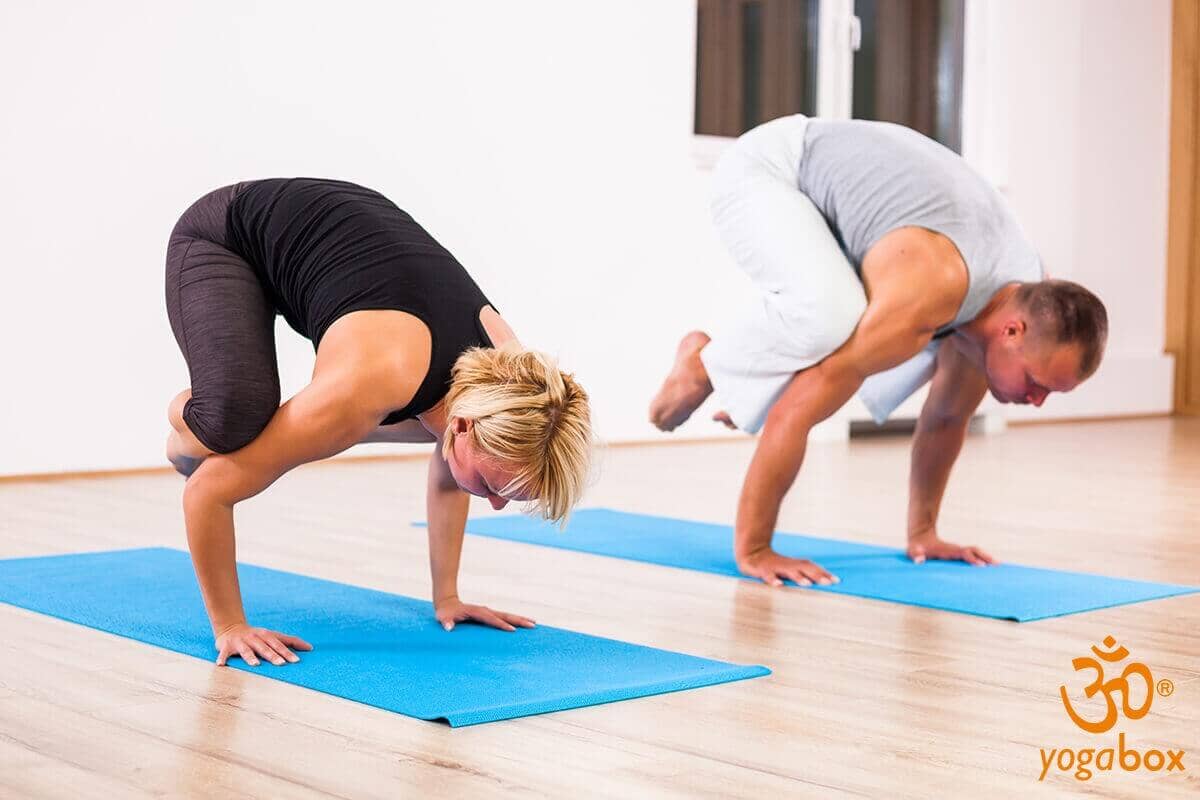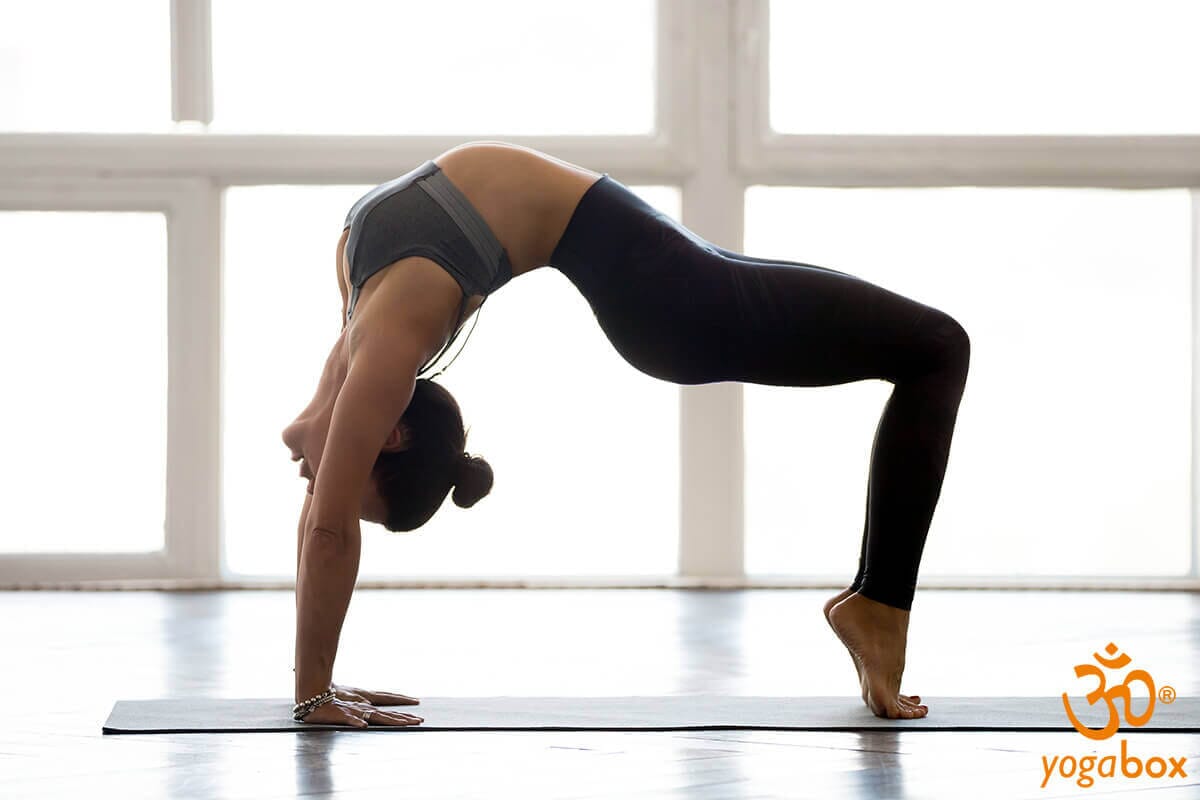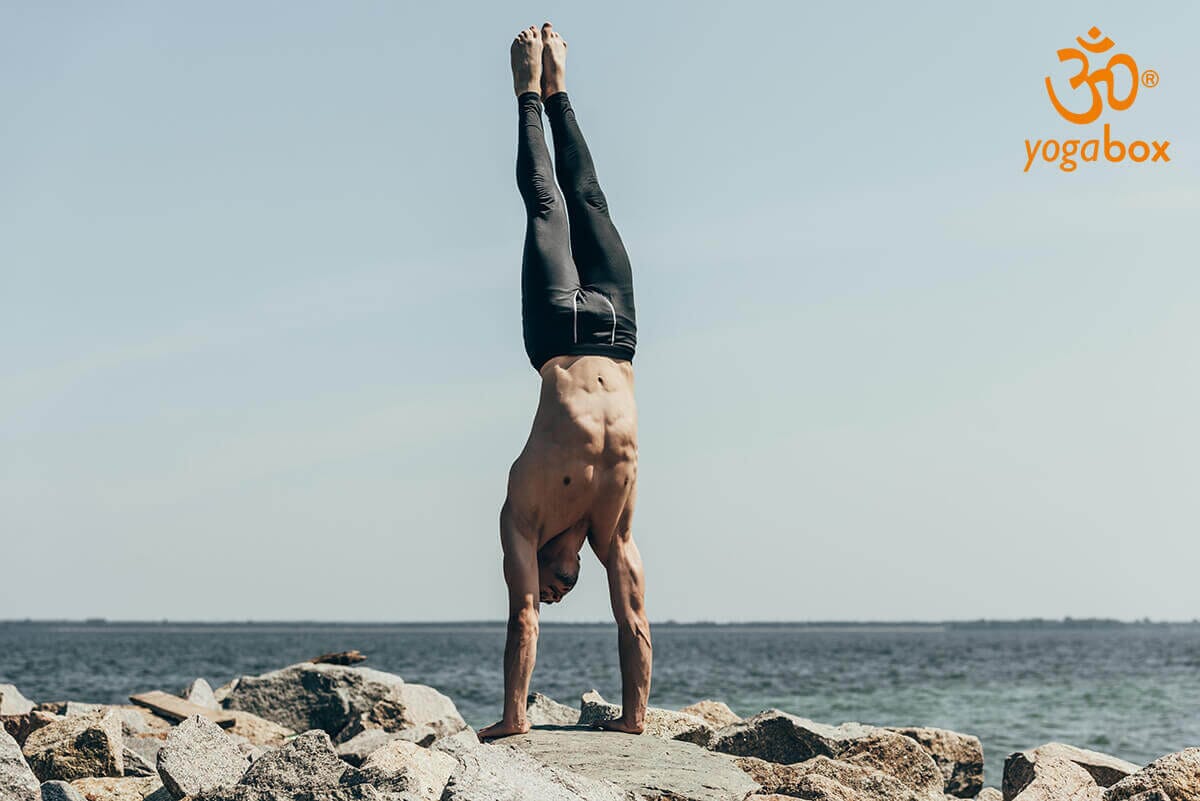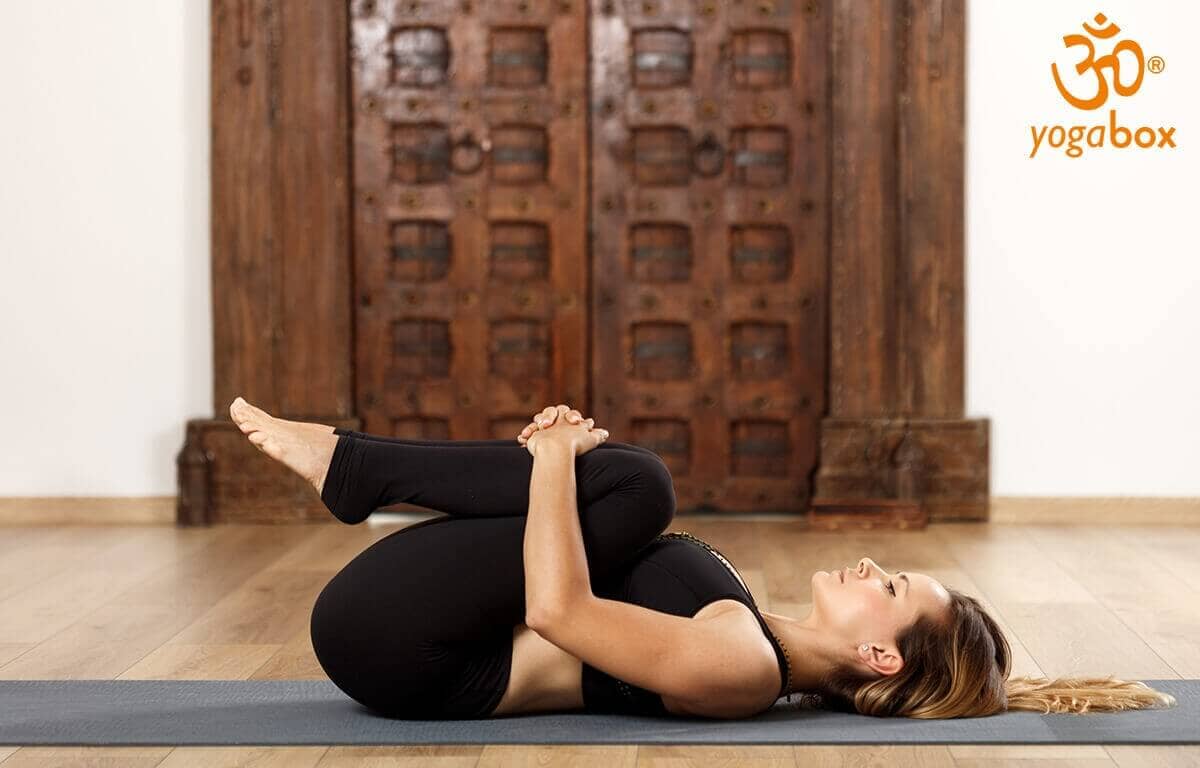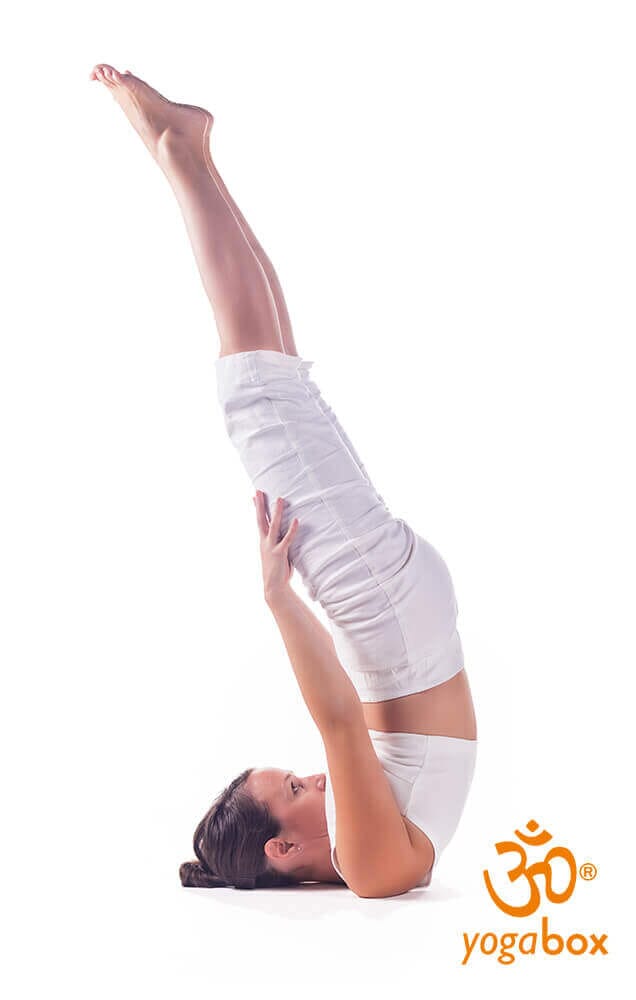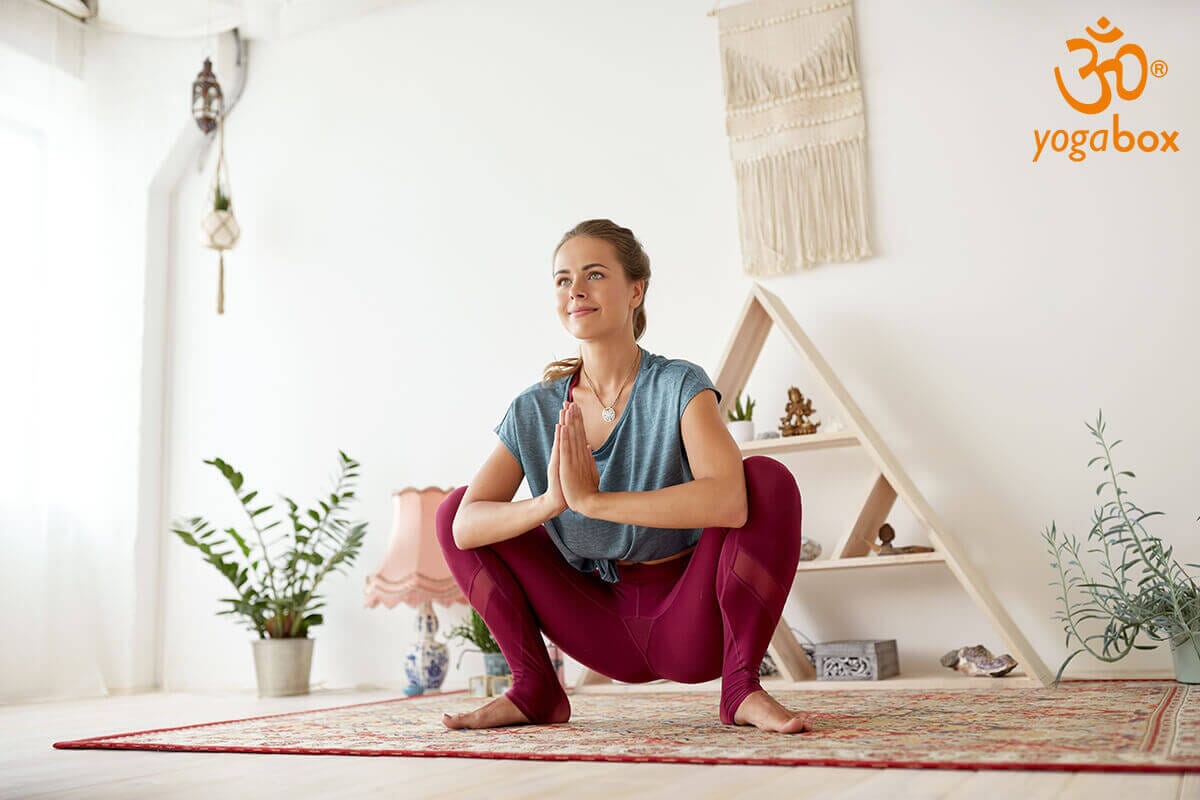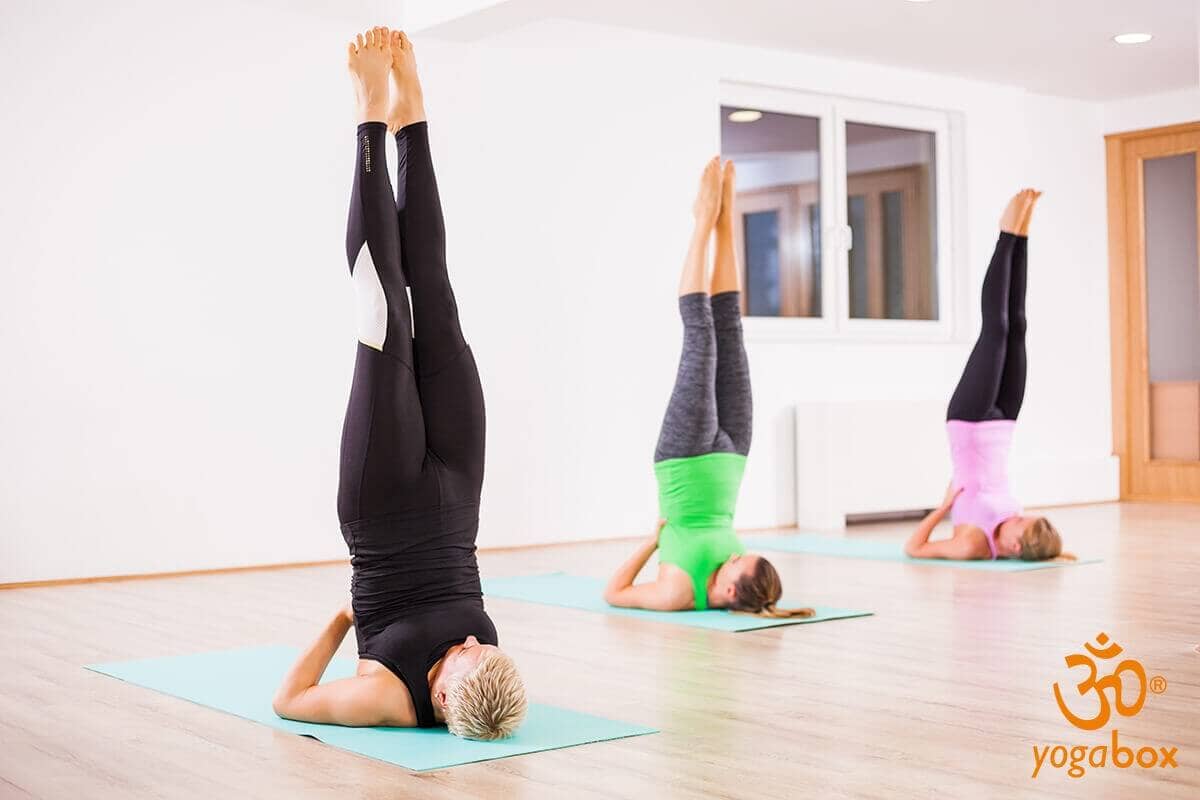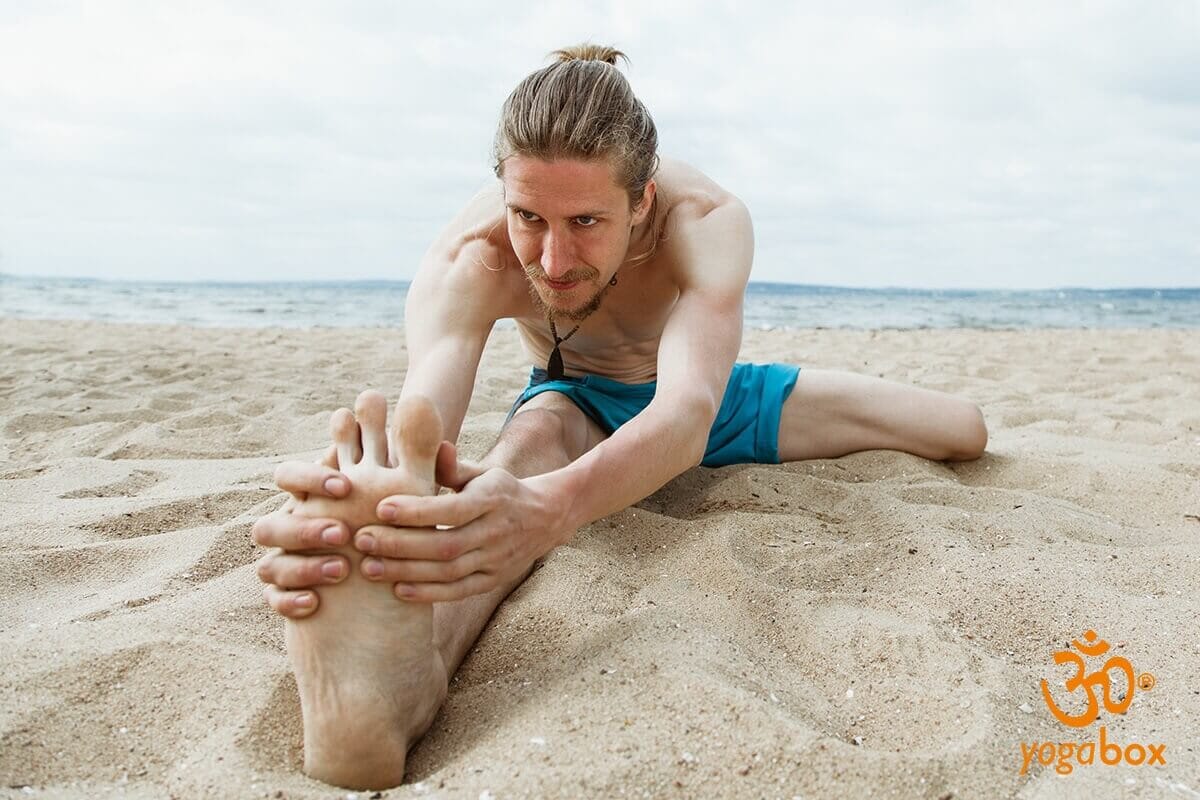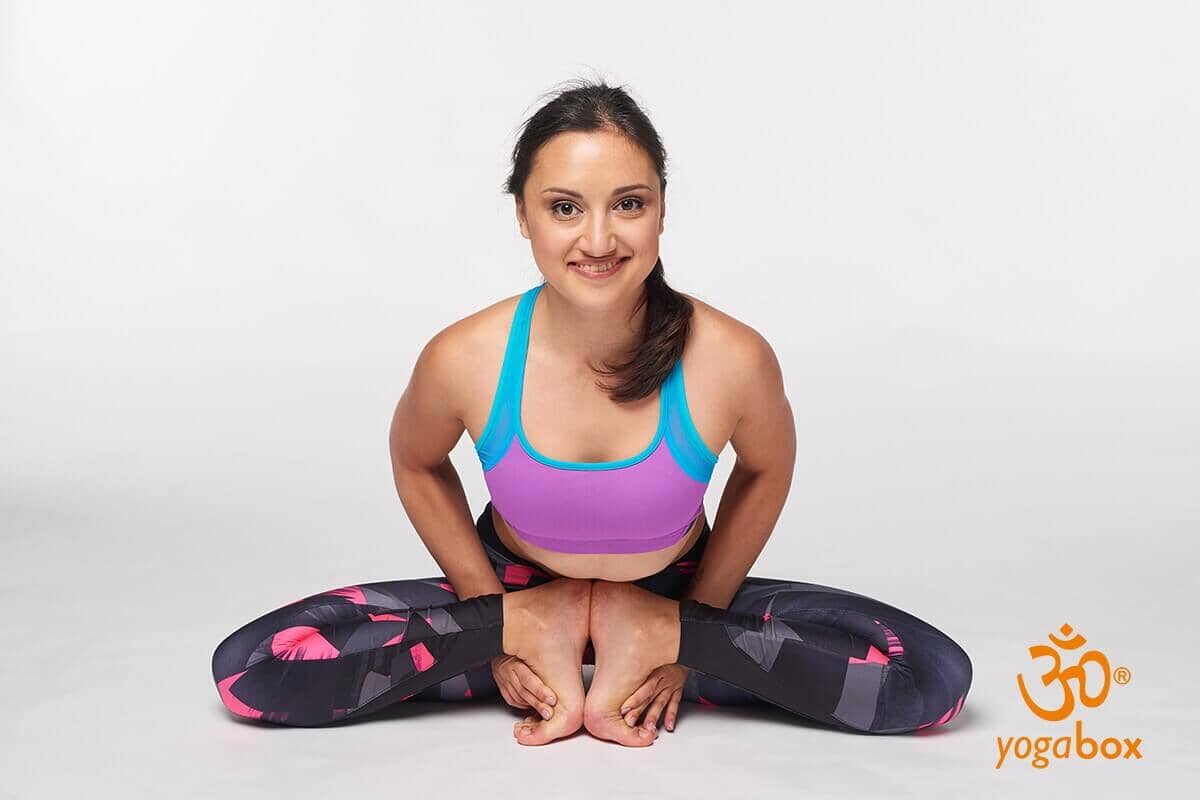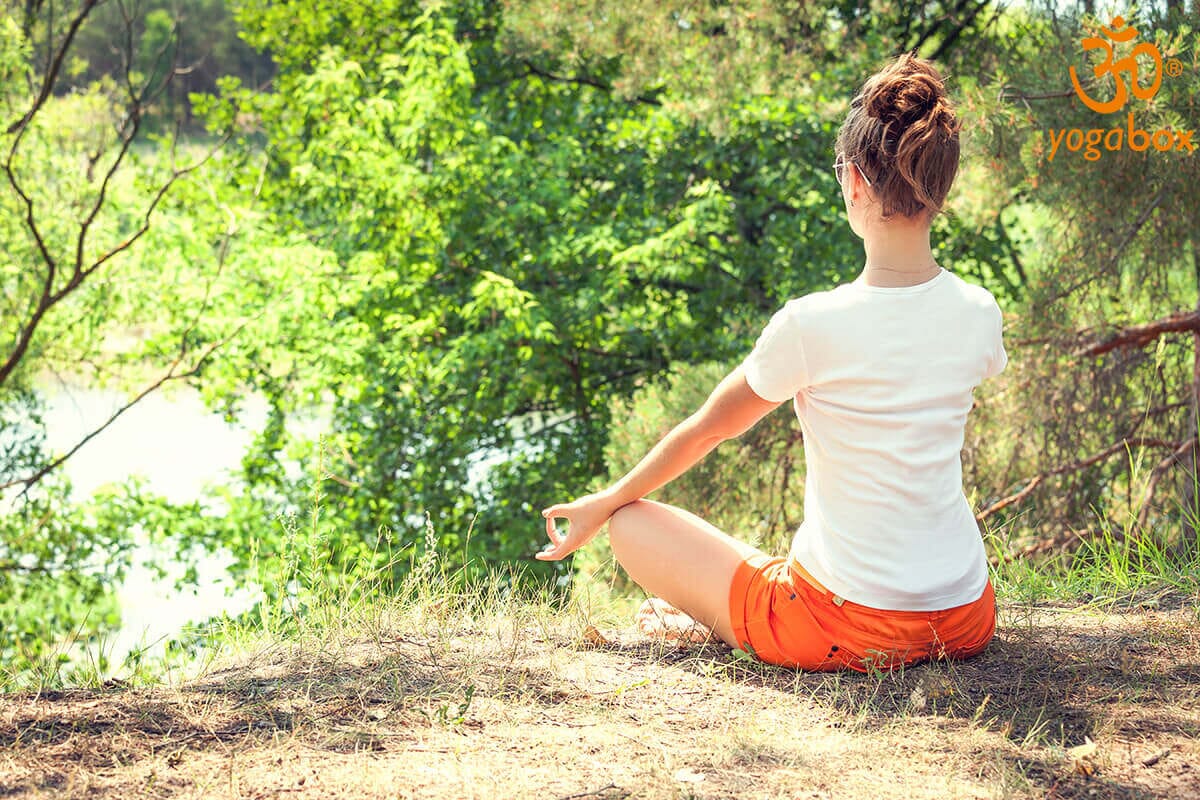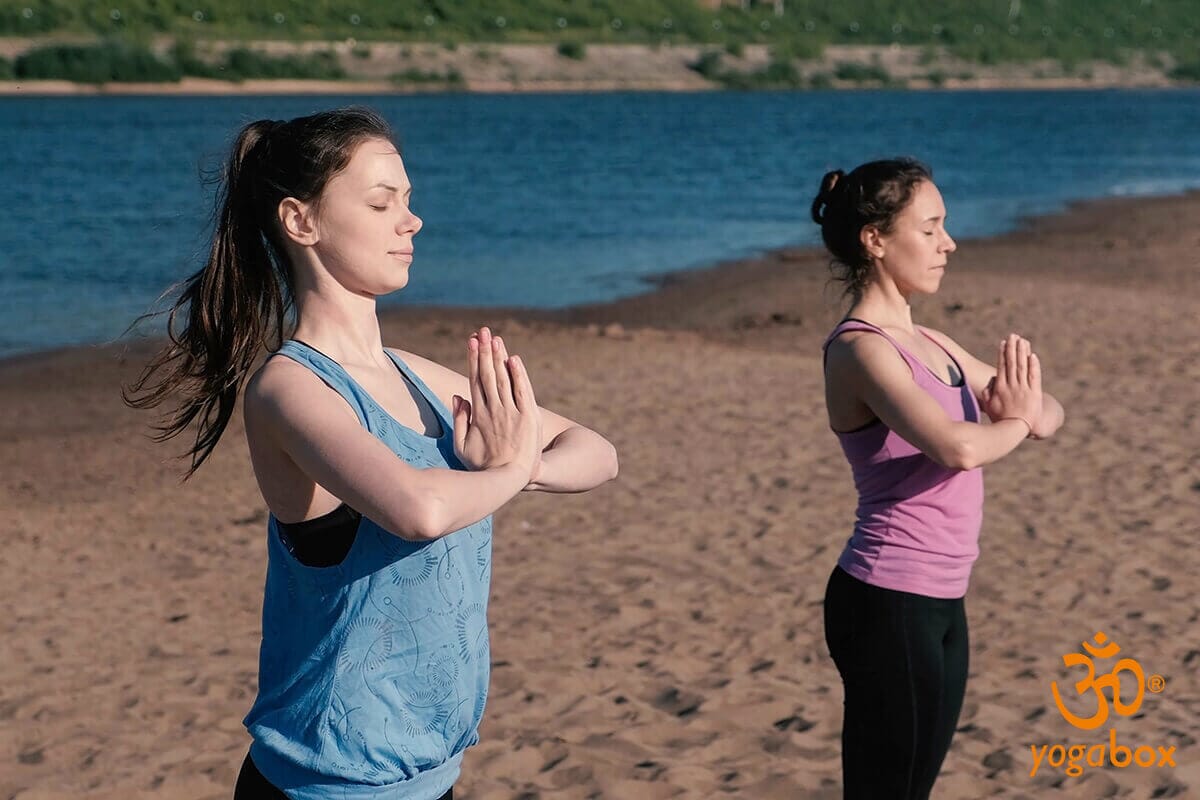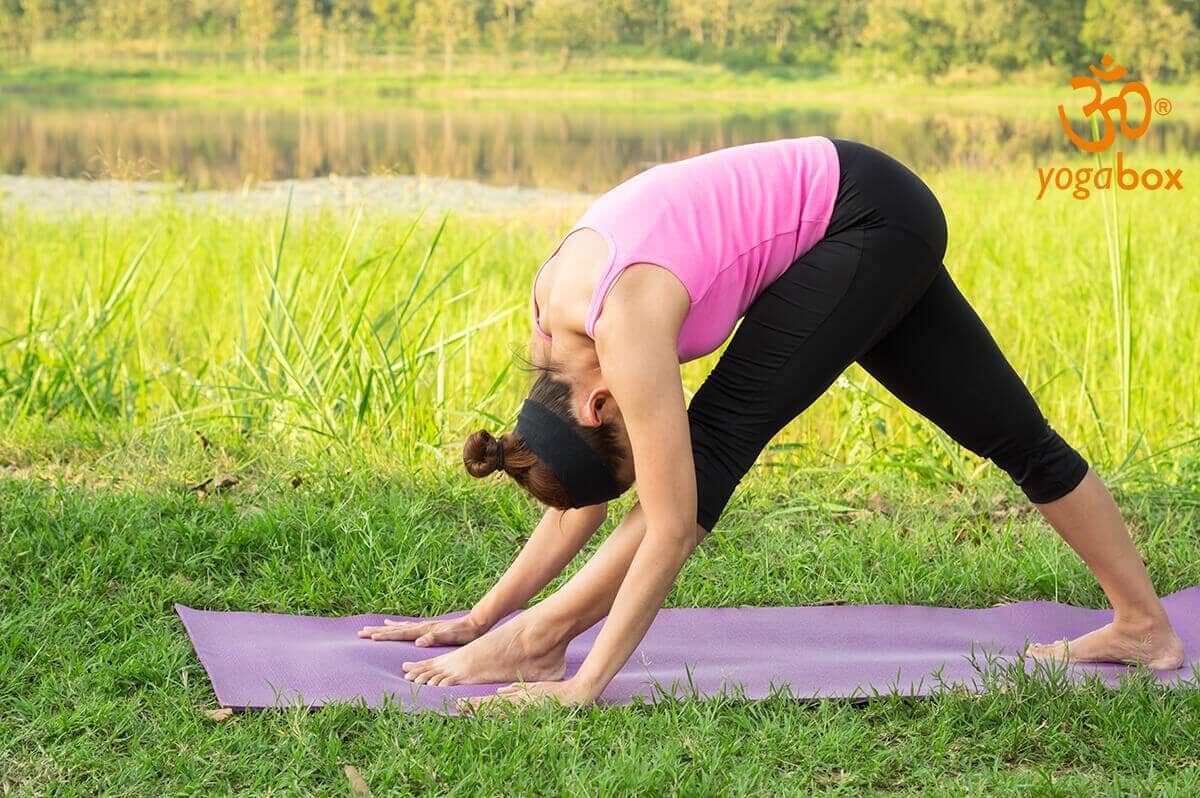Chatus Pada Pitham - physical and mental flexibility
Translated, the Sanskrit term Chatus Pada Pitham means four-legged or four-footed table, although Pitham can also be translated as stool or bench. In this asana, your hands and feet remain firmly planted on the floor, while your pelvis, back, and shoulders are in a straight line off the floor. Thus, as the translation suggests, the shape of the posture is reminiscent of a stool or table. In a figurative sense, the stable support of the table legs—that is, your arms and legs—ensures your balance. On this solid foundation, your torso and back flexibly escape the pull of gravity and experience the resulting freedom. They open themselves to higher realms.
Backbends change the perspective
Chatus Pada Pitham is one of the backbends. These are inverted poses, as you move from an earth-facing posture by bending your torso and back upward and backward. Your face, and consequently your attention, also takes on a different perspective. The belly, chest, heart, and throat open up and achieve a sense of spaciousness—this is one of the goals of Chatus Pada Pitham. At the same time, you should strengthen your earthbound steadfastness and experience the freedom that results from it.
Take Chatus Pada Pitham
This asana is suitable for beginners and advanced practitioners. Initially, the unfamiliar posture and muscle strain may limit execution. However, this will improve: Gradually, you'll be able to better achieve the desired position and hold it for longer.
First, sit upright with your legs bent and support yourself with your hands behind you. Place your palms behind your buttocks, with your fingers facing away from your body, also pointing backward. As you inhale, slowly raise your pelvis, while simultaneously pressing firmly onto the floor with your hands and feet, tensing your vascular muscles to generate the strength to lift the pelvis. Ultimately, your thighs, buttocks, and back should form a horizontal line up to your shoulders.
Another vertical line is formed by the lower legs from the heels to the knees, and a final one by the arms from the wrists to the shoulders. Your hands and feet should be approximately the same width apart as your buttocks. Your head should be tilted back in a relaxed position. Your eyes should also look back—ideally, you see everything from a reverse perspective. If this isn't possible, for example, due to tense or sore neck muscles , tilt your head slightly toward your chest.
Hold the asana and relax your back
To hold Chatus Pada Pitham, tighten your thigh, glute, and abdominal muscles. Hold the pose for a few breaths. As you breathe deeply, try to feel the strength in your legs and the lightness of your spine. With practice, yogis report increased elasticity and strengthening of the core muscles. With some practice, you'll be able to completely relax your back. Looking backwards allows you to gain a different perspective while maintaining secure contact with the floor with your hands and feet.
You end Chatus Pada Pitham by slowly lowering the pelvis as you exhale, one vertebra at a time, until you have returned to the starting position.
Physical, mental and spiritual effects
Yoga aims to affect the body, mind, and spirit. In Chatus Pada Pitham, the four-legged table pose, you stretch the back of your body. This pose is intended to refine your sense of balance and sharpen your senses for increased body awareness. The arms and legs lend stability to the asana and are strengthened, while the back gains greater flexibility. The inversion pose is also intended to help you leave old habits behind, gain a new perspective, and experience spiritual freedom. Mentally, the goal is inner balance, a relaxed posture, serenity, flexibility, and willpower.
Image © yuryrumovsky / 123rf.com
